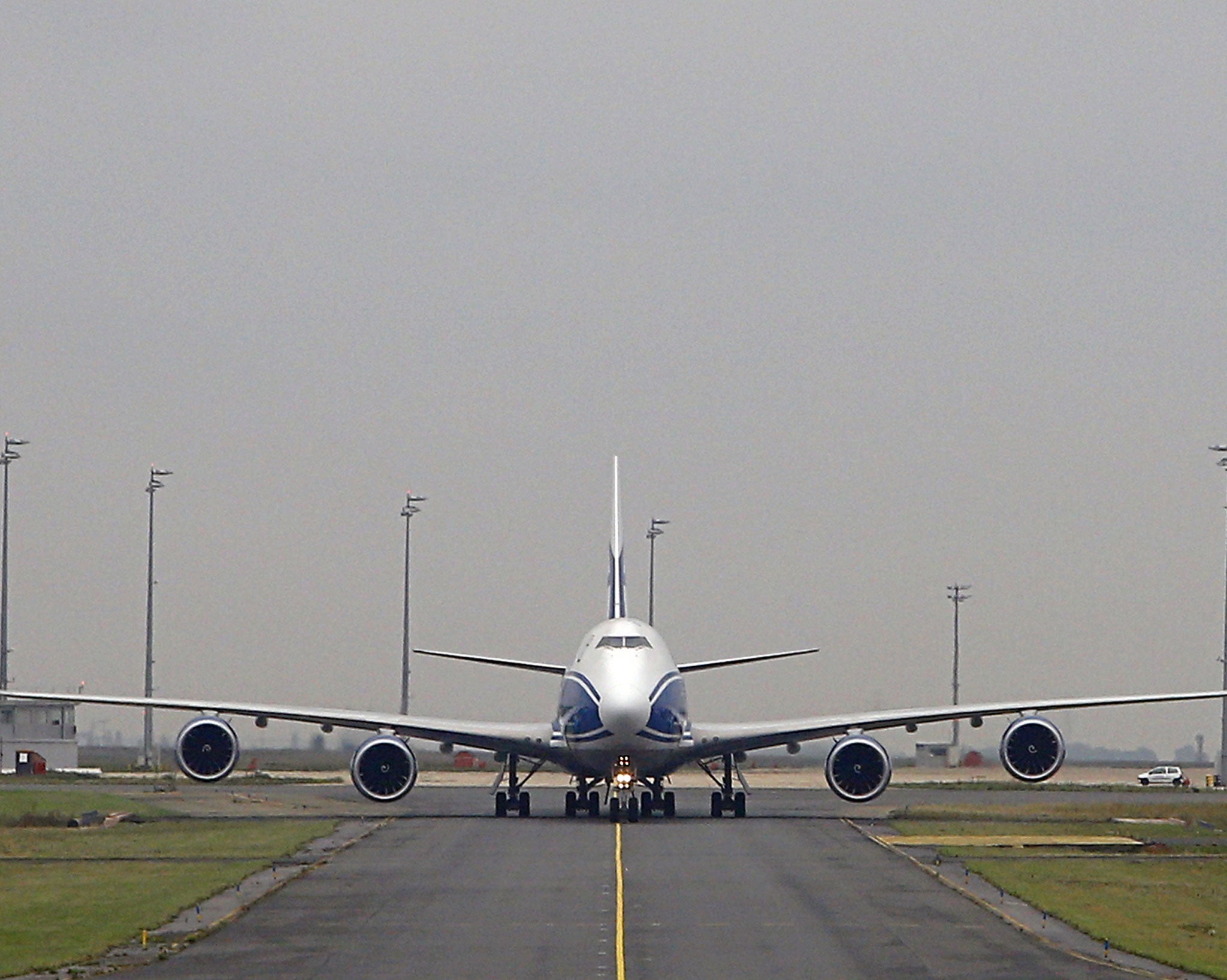Boeing is making a major change to its planes that could solve the biggest problem with air travel
The new 777X wide-body mini-jumbo jet will follow on from the Dreamliner

During the development of the 787 Dreamliner, Boeing encountered countless engineering hurdles.
One of which was the decision to build much of the plane out of carbon-fiber reinforced plastics and other composite materials instead of the aluminum most commonly used on commercial airliners.
While the engineering of the composite airframe may have been a challenge, it's a decision that allowed Boeing to make a major change to its aircraft that could greatly reduce the effect of jet lag on its passengers.
“The Dreamliner has a composite fuselage and that allowed us to pressurize it at whatever altitude we wanted because the material is not as susceptible to fatigue,” Blake Emery, director of differentiation strategy for Boeing Commercial Airplanes, told Business Insider in an interview.

Currently, most airliners have cabin air pressure equivalent to that of an altitude of 8,000 feet. For the Dreamliner, Boeing cut that down to 6,000 feet.
“To lower the cabin altitude, we actually increased the air pressure inside the cabin,” Emery added. “It's a bit counterintuitive for most people.”
Why does air pressure matter to passengers?
For most of us, a long flight is usually followed by some combination of symptoms that include headaches, lack of appetite, lack of energy, nausea, and sleeplessness.
All of these afflictions have been conveniently bundled together with a disruption of one's internal body clock to form something we call jet lag.
But the reality is that jet lag is far more serious.
The very symptoms we attribute to jet lag may actually be attributed to acute mountain sickness, which affects individuals exposed to altitudes above 6,500 feet.
In a study conducted by Oklahoma State University with the help of Boeing, researchers wrote:
"Some passengers on long commercial flights experience discomfort characterized by symptoms similar to those of acute mountain sickness. The symptoms are often attributed to factors such as jet lag, prolonged sitting, dehydration, or contamination of cabin air. However, because barometric pressures in aircraft cabins are similar to those at the terrestrial altitudes at which acute mountain sickness occurs, it is possible that some of the symptoms are related to the decreased partial pressure of oxygen and are manifestations of acute mountain sickness.”
The study found that passengers who go from sea level up to 8,000 feet of altitude saw the oxygen content in their blood fall 4%. Although this didn't trigger full on acute mountain sickness, it did bring on what the study called “increased prevalence of discomfort after three to nine hours” of exposure.
“The research showed passengers' bodies reacted at 6,000 feet similar to that at sea level,” Emery said. “So we decided to pressurize the Dreamliner at 6,000 feet.”
At 6,000 feet, the cabin air is more dense and has a greater level of oxygen saturation. As result, the body does not have to work as hard to oxygenate blood and sustain itself.
According to Emery, since there isn't a perfect one-to-one correlation between altitude and jet lag, Boeing has taken additional measures to mitigate the symptoms. These measures include an increase in cabin humidity as well as a new air-filtration system.
Why haven't we had this all along?
The Dreamliner won't be the only Boeing jet to have a have a lower cabin altitude. The company's upcoming 777X wide-body mini-jumbo jet will also be pressurized at 6,000 feet.
However, unlike the composite Dreamliner, the 777X, Boeing's successor to landmark 777, will be primarily made of aluminum.
“Aluminum aircraft can be pressurized to 6,000 feet,” Kent Craver, Boeing Commercial Airplanes regional director of passenger satisfaction, told Business Insider in an interview. “In fact, most business jets are already pressurized to that level.”
In addition, Airbus is also working to lower the cabin altitude on its next generation of airliners.
Airplane makers have traditionally avoided lowering the cabin altitude because boosting the air pressure inside the cabin puts greater stress on aluminum airframes. This increases the likelihood of metal fatigue and shortens the service life of the airplane.
However, Boeing believes it can successfully lower cabin altitude on the 777X without going to a composite body.
“We know the 777 fuselage, its structural qualities, and its fatigue margins really well,” a Boeing spokesperson told us in an email. “We also understand the requirements of the lower cabin altitude in terms of cycles and pressures on the fuselage. As a result, we can achieve it with a few local reinforcements and change those loads out to accommodate lower cabin altitude.”
The Boeing 777X is set to enter service in 2019.
Read more:
• This chart is easy to interpret: It says we're screwed
• How Uber became the world's most valuable startup
• These 4 things could trigger the next crisis in Europe
Read the original article on Business Insider UK. © 2016. Follow Business Insider UK on Twitter.
Join our commenting forum
Join thought-provoking conversations, follow other Independent readers and see their replies
Comments